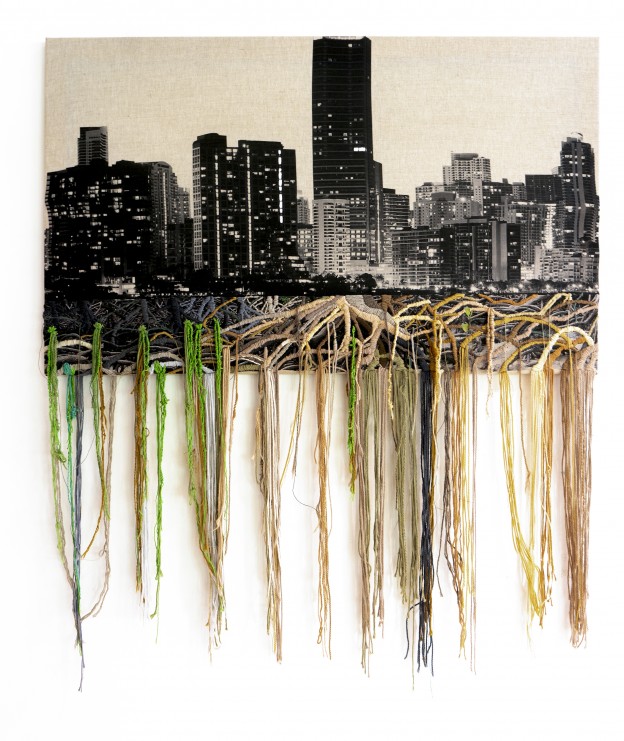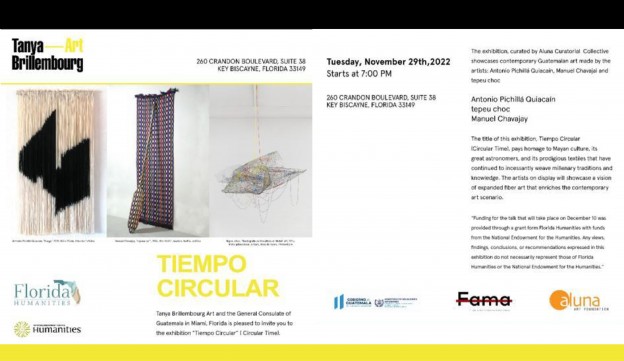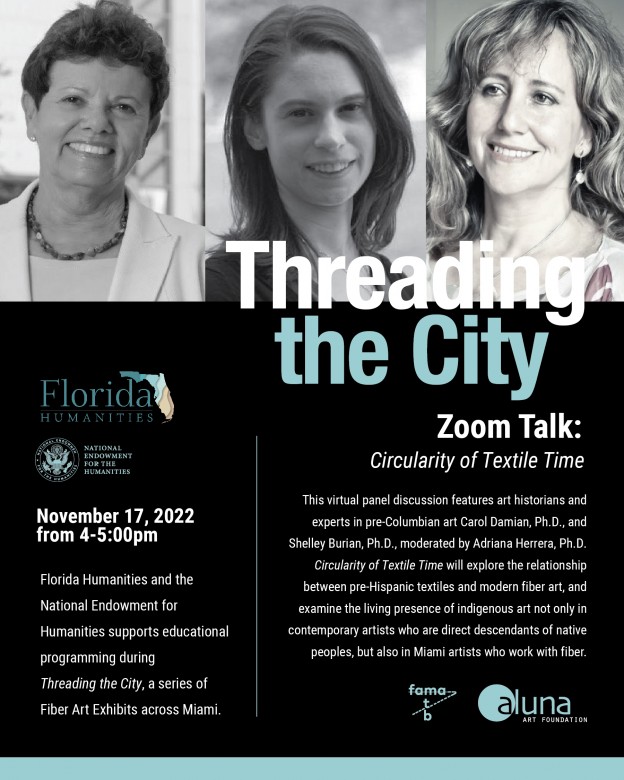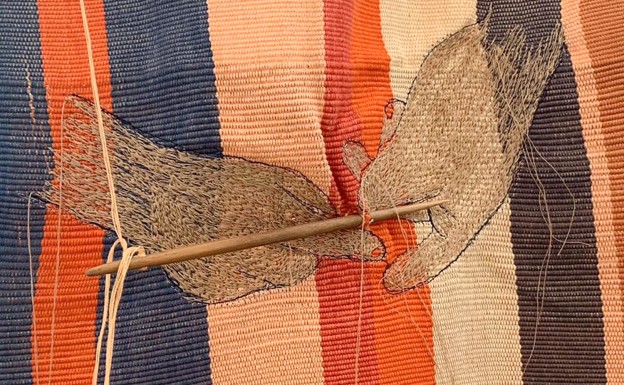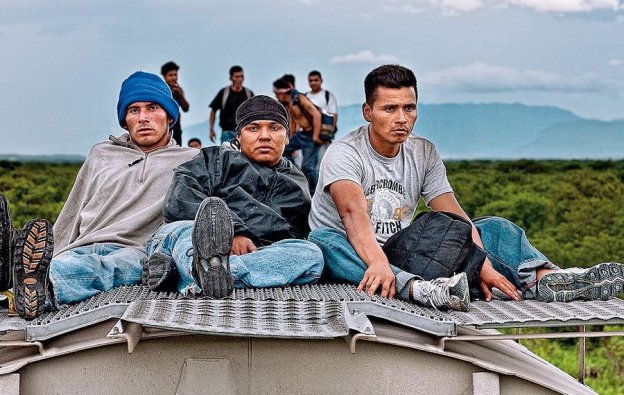
Isabel Muñoz|Centro Cultural Español, Miami
by Willy Castellanos Simons
Published in Arte al Día International. August 2012
Translation: Cora Sueldo
The Spanish photographer Isabel Muñoz knew “La Bestia” (“The Beast”) closely and portrayed its entrails. This was the name given by immigrants from Central America – mostly from Honduras, Guatemala and El Salvador – to the freight train which has, for years, transported those who traveled northward through Mexico, trying to reach the border with the United States as stowaways.
It is a beast which can, at any moment, shake off those illegal immigrants that board it, pushing and shoving each other on its roof or in the minimum space available, while they embark on this journey urged by despair, ready to risk everything − even their own lives − in order to reach the imagined territory that will allow them to live a decent life. But the train often opens the doors to a nightmare, and it is in that threshold that the photographer has established the vortex of the traveling series that is currently being shown in Miami.
In territories where human beings are always at risk, Muñoz has portrayed − without great fuss, without ever judging − the marks of certain social rites on the human body, such as the marks of wounds that the young men belonging to the Maras, who posed for her in a prison in El Salvador, inflict upon themselves. In Cambodia she photographed girls who are victims of human trafficking and prostitution. In “La Bestia”, the sense of revealing complicity that the portrait establishes combines with the action report to condense the narration of a nightmare-journey towards the void of uncertainty. Her camera takes risks, but it is never obtrusively invasive. “I have never taken a portrait without the person’s consent,” Muñoz assures. She has found the way to safeguard that dignity that makes it possible to put oneself in the other’s shoes, at least during that fleeting instant when the gaze encounters the lens, revealing the story behind it.
Thus, many of her characters face us, while the photographer establishes the documentary context for the image in the general visual planes. And it is precisely in this revealing portrait, pierced by fear and despair, that the series reaches its moment of greatest credibility and dramatic quality. If something characterizes the extensive oeuvre featured in “La Bestia”, it is the peculiar way in which it constructs a reflective and confrontational photojournalism that combines the ability to summarize and the abstraction of a studio portrait − as in the case of Etiopía and Drag Queens, for instance − and the narrative power of the testimonial report. As a matter of fact, the show is exhibited jointly with the video produced by artists Andrés Villalobos and Eduardo Olivera, as well as with the stories by Oscar Martínez, all of whom accompanied Isabel Muñoz in her journey.
In this way, the image reconstructs the story and vice-versa, in an effective “give-and-take” that functions as part of the curatorial project. But both the wall texts and the videos and images converge at a stance that is as professional as it is ethic: in this unsafe trip, threatened by dangerous gangs, they share the other’s experience in order to give testimony to a frontier that is not only geographic but also human, and which faces us with the depth of the migratory crisis, the most fragile and disputable limit of the global village.
Isabel Muñoz
Centro Cultural Español, Miami
por Willy Castellanos Simons
Agosto 2012.- La fotógrafa española Isabel Muñoz conoció de cerca a “La Bestia” y le retrató las entrañas. Así le llaman los inmigrantes centroamericanos –hondureños, guatemaltecos y salvadoreños en su mayoría- al tren de carga que durante años ha transportado a quienes se desplazan rumbo norte a través de México, tratando de alcanzar como polizontes la frontera con los Estados Unidos. Es una bestia que puede sacudirse en cualquier momento a estos indocumentados que la abordan atropellándose en el techo o en el mínimo espacio disponible, mientras viajan empujados por la desesperación, dispuestos a apostarlo todo –hasta la propia vida- con tal de alcanzar el territorio imaginado de una existencia digna. Pero el tren suele abrir las puertas a la pesadilla, y es en ese umbral donde la fotógrafa ha establecido el vórtice de la serie itinerante que se exhibe ahora en la ciudad de Miami.
En territorios bajo el acecho del riesgo, Muñoz ha retratado –sin aspavientos, sin juzgar jamás- las marcas de determinados ritos sociales sobre el cuerpo humano, como aquellas que se hacen a modo de iniciación los jóvenes de las Maras que posaron para ella en una cárcel del Salvador. En Camboya, fotografió a las niñas víctimas de la trata humana y la prostitución infantil. En La Bestia, este sentido de reveladora complicidad que establece el retrato, se engarza al reportaje de acción para condensar el relato de un viaje-pesadilla hacia el vacío de la incertidumbre. Su cámara se arriesga, pero nunca irrumpe inoportuna: “Jamás he retratado sin el consentimiento de la persona”, asegura Muñoz; quien ha encontrado el modo de salvaguardar esa dignidad que permite intercambiar el lugar propio con el del otro, al menos en el instante fugaz en que la mirada se entrecruza con el lente, develando su historia.
Así, muchos de sus personajes nos miran de frente mientras que en los planos generales la fotógrafa establece el contexto documental de la imagen. Y es precisamente en este retrato revelador, punzado por el miedo y la desesperanza, donde la serie alcanza su momento de mayor credibilidad y dramatismo. Si una característica tiene La Bestia dentro de su extensa obra, es el modo peculiar en que construye un fotoperiodismo reflexivo y confrontador que combina la capacidad de síntesis y la abstracción del retrato de estudio –como sucede en Etiopía y Drags Queen por ejemplo- con el poder narrativo del reportaje testimonial. De hecho, la muestra se exhibe conjuntamente con el video que realizaron los artistas Andrés Villalobos y Eduardo Olivera, así como con las narraciones de Oscar Martínez, quienes acompañaron a Isabel Muñoz en su travesía.
De este modo, la imagen reconstruye la historia y viceversa, en un efectivo “toma-y-deja” que funciona como parte del proyecto curatorial. Pero tanto los textos de pared como los videos y fotografías, convergen en el punto de una postura que es tan profesional como ética: en este viaje inseguro, acosados por el peligro de las pandillas, los autores han compartido la experiencia del otro para dejar sentado el testimonio de una frontera que no solo es geográfica sino humana, y que nos sitúa ante la profundidad de la crisis migratoria, el limite más frágil e impugnable de la aldea global.



